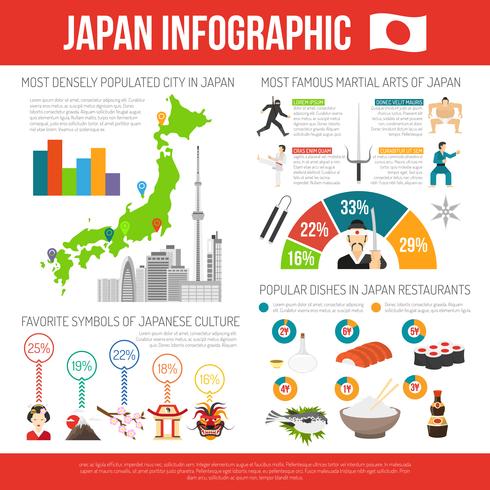Exploring The Rich Heritage And Spiritual Dimensions Of Martial Arts
Exploring The Rich Heritage And Spiritual Dimensions Of Martial Arts
Blog Article
Write-Up By-Barber Barbour
Step into the old globe where martial arts were born out of necessity in diverse regions. beginner jiu jitsu for adults near me fighting designs intertwined with historical contexts. Strategies advanced over centuries via devoted method and cultural exchanges. Today, contemporary martial arts mix conventional components for optimal performance. Philosophically, martial arts highlight technique, self-improvement, and consistency. Regard, humbleness, and equilibrium are foundational principles directing practitioners in the direction of development and durability. Explore the midsts of this abundant history and philosophy to reveal the extensive impacts shaping this enduring technique.
Origins of Fighting Style
Martial arts originated in numerous regions around the world, developing as practical battle systems to defend against dangers. These old fighting styles were developed out of need, with each society crafting techniques suited to their special atmospheres and obstacles. From the grappling arts of Jujutsu in Japan to the striking methods of Martial art in China, martial arts were deeply intertwined with the historical, social, and cultural fabric of their particular cultures.
In Japan, the samurai course refined martial arts like Kenjutsu, the art of the sword, which later on progressed into the much more popularized type of Kendo. At the same time, in Brazil, Capoeira emerged as a mix of dancing and combat, produced by enslaved Africans as a way to resist injustice. Each fighting style brings with it a rich history and approach, reflecting the worths and ideas of the people that exercised them.
As you delve into the origins of martial arts, you discover a tapestry of human ingenuity, durability, and the unrelenting spirit of warriors throughout time.
Development of Strategies
With centuries of practice and improvement, combat strategies within different martial arts have gone through an extensive advancement. From ancient designs like Martial art and Martial arts to extra contemporary techniques such as Brazilian Jiu-Jitsu and Krav Maga, the development of strategies has been driven by a mix of cultural influences, sensible applications, and technical advancements.
One significant aspect of this development is the cross-pollination of techniques between different martial arts. As an example, methods from standard Japanese Jiu-Jitsu were included into the creation of Judo by Jigoro Kano in the late 19th century. This mixing of designs has actually led to the growth of hybrid martial arts like Mixed Martial Arts (MIXED MARTIAL ARTS), which incorporate components of striking, grappling, and submission methods.
Furthermore, the evolution of techniques has actually been shaped by the boosting focus on performance and performance in battle. Practitioners have continually looked for to refine their techniques via strenuous training, trial and error, and competition, bring about the growth of very specialized and effective battling styles. In general, the evolution of strategies in martial arts reflects the dynamic nature of combat and the recurring quest for renovation and innovation.
Philosophical Structures
Checking out the underlying philosophical concepts of martial arts offers understanding right into their core values and assisting ideas. At https://keeganovdip.blogoxo.com/31271178/discover-the-keys-behind-karate-judo-and-taekwondo-decipher-the-ancient-aura-bordering-these-fighting-styles-designs-and-look-into-their-unique-strategies of numerous martial arts techniques is the principle of technique itself. By educating your body and mind to act as one natural device, you grow technique that prolongs beyond the dojo or gym into daily life. This technique incorporates respect, humbleness, and self-discipline, shaping not just your physical capabilities but also your character.
why not try here in martial arts is the concept of constant self-improvement. The journey of grasping a fighting style is perpetual, with specialists continuously making every effort to better themselves, both literally and emotionally. This concentrate on growth promotes strength, willpower, and a development way of thinking that can be related to all aspects of life.
Moreover, martial arts highlight the relevance of harmony and equilibrium. Strategies are created to make use of an opponent's energy against them, highlighting the principle of yielding and redirecting force as opposed to satisfying it head-on. This ideology encompasses interpersonal relationships, advertising relaxed resolutions and mutual understanding. By welcoming these thoughtful structures, martial artists not only improve their battle abilities but likewise grow a way of life centered on individual growth, respect, and consistency.
Conclusion
In conclusion, the history and ideology of martial arts offer an abundant tapestry of practice, technique, and self-improvement.
Take for example the tale of Bruce Lee, that changed martial arts by blending different designs and approaches to produce his very own unique kind of Jeet Kune Do.
Via devotion and development, martial artists continue to press boundaries and influence others to reach their complete possibility both in battle and in life.
